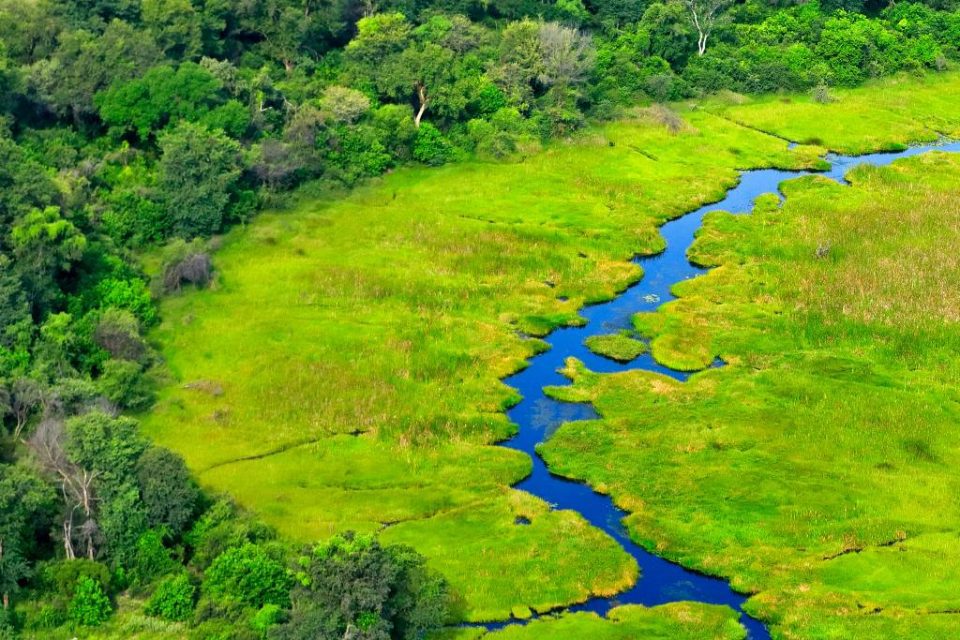Jeff McDonnell of the Global Institute for Water Security at the University of Saskatchewan gave an interesting online talk on the “Compartmentalization of the Terrestrial Water Cycle” (2017). He presented the huge differences in mean transit time of the respective runoff components in mountainous forest catchments. There are some lessons here for landscape rehydration, and for our efforts to enhance resilience to climate change impacts.
The rainfall-runoff response in a watershed is a function of local conditions including land cover, slope length and steepness, soil permeability, and local geology. The portion of rainwater that infiltrates and is stored in the substructure is the main contributor to the baseflow component of streamflow. Groundwater storage capacity is a function of the geology, including rock type and the permeability of the soil. Local conditions are subject to high spatial variability. The baseflow component is relatively stable and provides a level of predictability to flows in the low flow season. On many occasions, baseflow consists of groundwater that is relatively old and has been stored in the sub-structure for many years. By contrast, high flows in rivers—as we all know—originate from recent rainfall. It suggests a bi-polar system, with a fast runoff component comprising of recent rainfall and a slow component consisting of old groundwater. Less sub-surface storage capacity implies younger water. More storage leads to more lagged & attenuated outflow—and thus older water.
The bi-polar system implies that the impacts of catchment rehydration efforts on baseflow will probably take many years to manifest. The larger the catchment, the longer it will take before these impacts become clear. But the long residence time of groundwater that leads to baseflow—on average 10 years in the case studies presented—is also beneficial because it indicates that water stored in the surface substructure provides a robust mechanism to attenuate seasonal as well as inter-annual rainfall variability. Hence every drop of rainfall that percolates to the groundwater will strengthen resilience to the impacts of climate change.
One should, however, not expect immediate results.
Interestingly, there is a possible feedback between tree cover and groundwater recharge. In some landscapes, tree roots create infiltration pathways that increase groundwater recharge and ultimately raise the groundwater table. It confirms the critical role of vegetation in landscape rehabilitation and catchment rehydration.
The talk also discussed deep groundwater (deeper than 250 m). This is generally very old and contains a substantial fossil component, which is older than 10,000 years. It implies that the sustainable yield of deep aquifers is not determined by recent infiltration, or—by implication—by recent climate conditions. Catchments rehydration efforts, therefore, will probably only have minor beneficial impacts on the sustainable yield of these deep aquifers.
